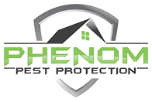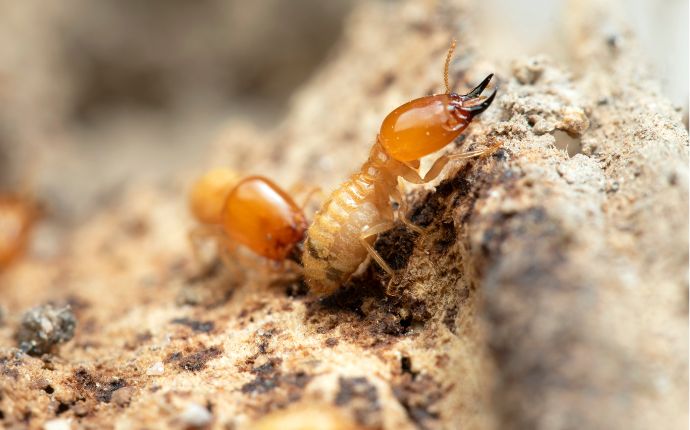While they do not pose instant harm, termites are among the most dangerous pests to infest your home or business. If undetected for a long period, termite damage can cost an arm and a leg in repairs. Not only this, but a termite infestation can comprise the structural integrity of your building.
So, what do Maryland termites look like? Here is all you know to identify these silent destroyers so you can take appropriate measures to eliminate them and minimize further damage to your property!
Common Types of Maryland Termites and Their Appearances
Termites establish colonies that might last seven to ten years and can expand containing up to a million termites. Considering the magnitude of the infestation that might occur, if you suspect any signs of termites, it is vital to act fast to prevent the structural wood elements of your property from further destruction.
There are up to 2750 termite species in the world, with about 45 inhabiting the U.S. Out of these, only a few species most commonly infest U.S. homes, each with noticeable physical differences between them. These include:
Subterranean Termites
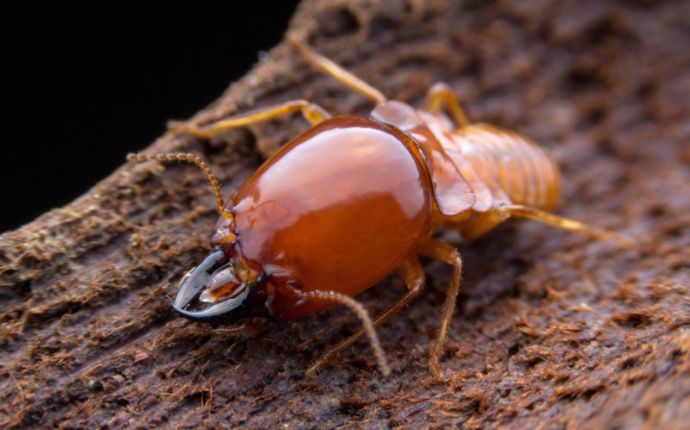
Subterranean termites are found in all U.S. states except Alaska. They typically nest underground in the soil as they require moisture to survive and travel to the wooden structures by forming mud tubes or tunnels that lead them to their food source. The species are known to establish massive colonies with 60000 to one million members.
They have a long, narrow, creamy white body with a brownish-black or black head and six legs. The species grows up to ⅛ inches in length.
Drywood Termites
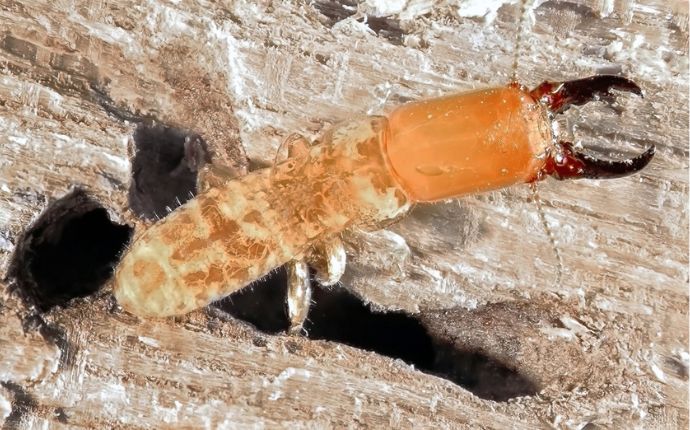
Drywood termites infest hard, dry wood, rendering them a significant threat to a home’s wooden structure and structural integrity. As they live inside the wood they feed on, they do not build mud to travel to their food source. Growing up to an inch long, they have long, narrow, reddish-brown bodies.
Drywood termites inhabit the coastal regions. They are found on the coasts of South Carolina, through Texas, and up the west coast of California.
Dampwood Termites
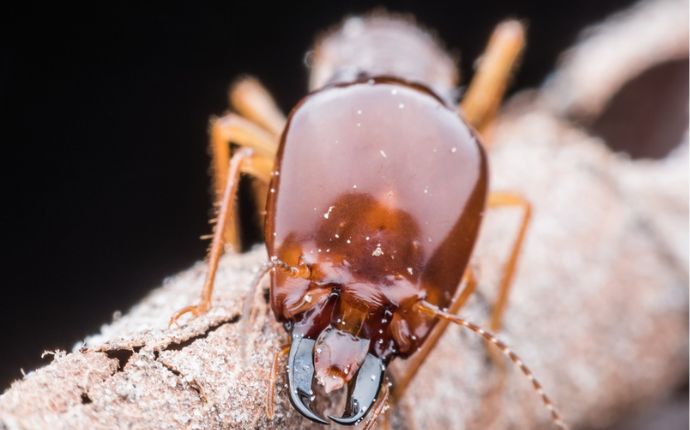
As the name implies, damp wood termites infest damp, decaying wood due to its high moisture content. Creamy white to brown in color, these large-sized termite species have long and narrow bodies and can reach lengths up to 5/8 of an inch. They are endemic to the Pacific Coast and bordering states, the desert or semi-arid southwest, and southern Florida.
Formosan Termites
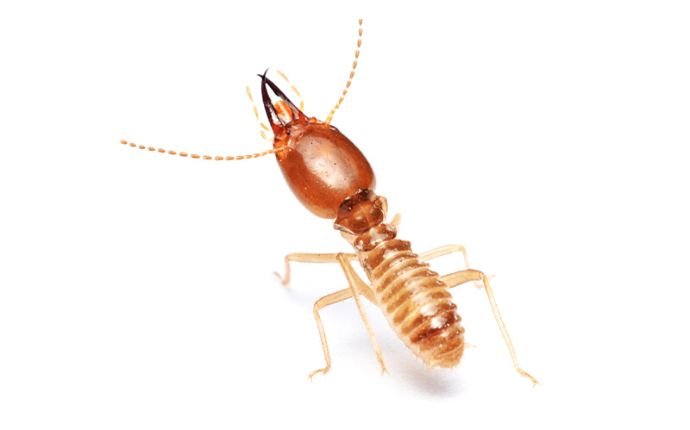
Formosan termites are closely related to subterranean termites. Growing 1/2-inch long, they have a dark head with long, narrow creamy white bodies. They are found across the southern regions of the U.S. and have swarmers, called flying termites, with a light brown coloration, which people sometimes confuse with flying ants.
Conehead Termites

Conehead termites are named after the appearance of their dark brown head, which is cone-shaped, secreting a defensive chemic to keep predators at bay. These small termite species measure 0.2 inches long and have long, narrow bodies with six legs. Commonly found in the Caribbean, conehead termites are a rare specie in the U.S., with the only known occurrence reported in Broward County, Florida.
How To Tell if You Have Termites
Since termites are cryptic creatures that remain hidden out of plain sight, it can often be difficult to determine their presence. However, there are several noticeable signs that you must look out for, which might indicate an infestation. These include:
- Mud tubes, which are pencil-width structures running along the foundation which termites create to travel to their food source (wood)
- Hollow sounding wood upon tapping
- Bubbling or peeling paint
- Frass, or small pellet-shaped dropping that resembles wood dust
- Piles of shed wings near window sills, doors, or light fixtures, which indicate swarming termites
- Darkening or blistering drywall
If you spot any of these signs or sight live termites, immediately call a termite extermination company to determine the extent of the infestation and appropriate treatment, and prevent costly repairs.
How To Prevent and Control Termites
Since a termite infestation can go undetected for long periods, it is crucial to inspect your home for signs of termite activity regularly or perhaps get the job done by a professional termite control company. Homeowners in the U.S. spend about $5 billion in repair costs annually solely from Subterranean termites. That demonstrates the extent of damage these dangerous pests cause if not dealt with in a timely manner.
Accordingly, adopting a proactive approach by keeping an eye out for possible signs of termite activity can save you from getting costly home repairs. If you discover any signs, consider treating the infestation by locating their gallery and applying an EPA-approved insecticide at the site. Besides, you can also consider installing termite bait stations, which contain cellulose-based material laced with poison as bait, killing termites upon consumption.
However, prevention is always better than dealing with an infestation. Some recommended measures to prevent a termite invasion include:
- Treat the soil by digging a trench and applying termiticides, killing termites as they return to the nest. This type of treatment can remain effective for years.
- Bait stations are more eco-friendly and less labor-intensive. The infected termite spreads the poison to other termites in the nest, which makes baits a viable way to eliminate large colonies.
Some other methods include:
- Avoid stacking firewood or lumber against your home
- Eliminate contact between the soil and wooden structures
- Reduce moisture from the foundation by checking gutters and fixing any leaks
- Seal cracks in cement foundations and around utility openings using caulk and sealants like steel wool or wire mesh
Phenom Pest control is a top service provider for professional residential and commercial pest control in Baltimore and the surrounding areas of Maryland. Call today for a free pest inspection.
